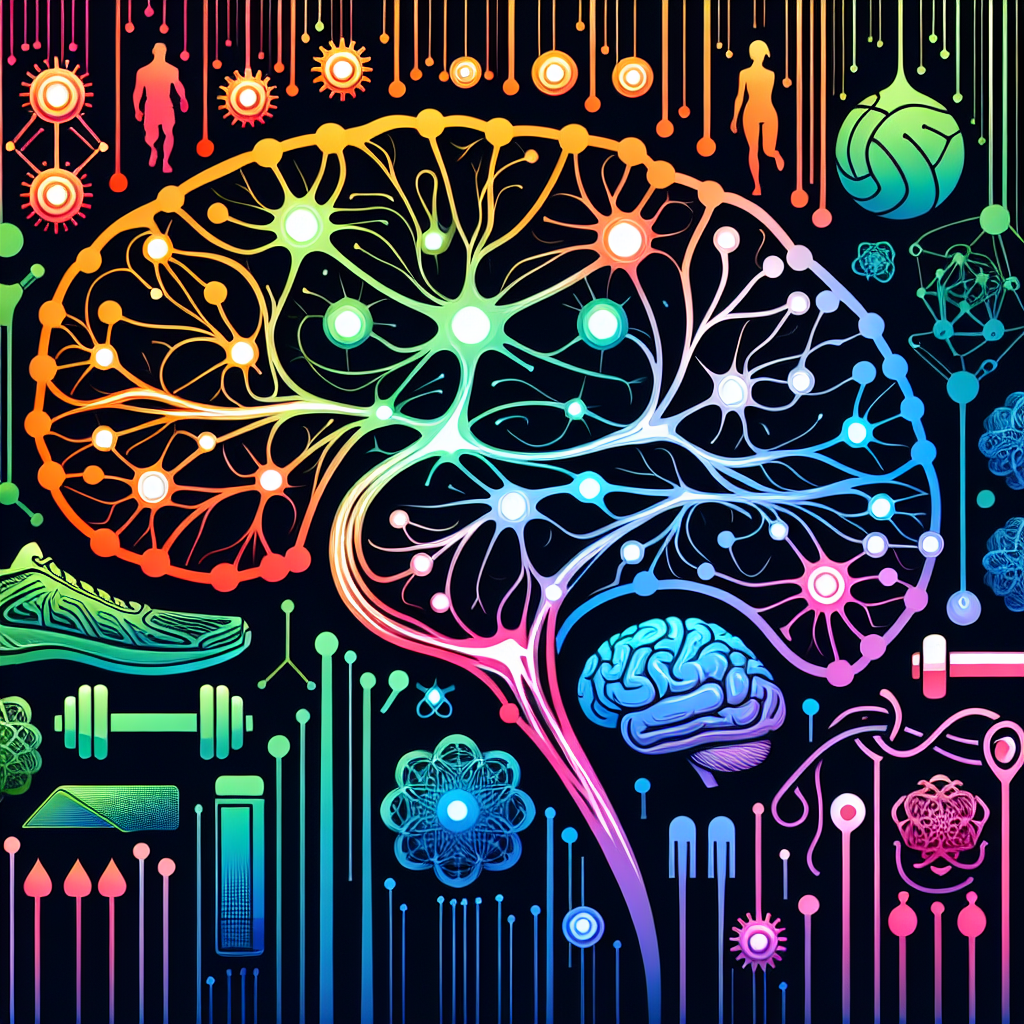The brain, an organ that orchestrates thought, memory, emotion, touch, motor skills, vision, breathing, temperature, hunger, and every process that regulates our body, is profoundly impacted by the state of our physical health. Among the most beneficial activities for brain health are aerobic and anaerobic exercises, each playing a unique role in maintaining and enhancing cognitive functions.
The Interplay of Exercise and Brain Health
Exercise is universally acknowledged as a pillar of health, but its impact on the brain specifically is an area of growing interest and excitement. Both aerobic and anaerobic exercises have been shown to have a profound impact on brain health, but they do so in different ways.
Aerobic Exercise: The Oxygen Booster
Aerobic exercise, also known as cardio, is any activity that uses large muscle groups, can be maintained continuously, and is rhythmic in nature. It improves the efficiency with which the respiratory and circulatory systems deliver oxygen to the body, which is crucial for all bodily functions, including those of the brain.
Cognitive Benefits
- Enhanced Memory and Learning: Studies have shown that regular aerobic exercise can increase the size of the hippocampus, the brain region involved in verbal memory and learning.
- Mood Regulation: It stimulates the release of endorphins, often termed as ‘feel-good’ hormones, which can uplift mood and alleviate symptoms of depression and anxiety.
- Increased Brain Plasticity: The brain’s ability to form and reorganize synaptic connections, especially in response to learning or experience, is enhanced through aerobic activity.
Linking to the Brain Health section of Avix Health provides a deeper insight into how various factors influence our cognitive functions and overall brain wellness.
Anaerobic Exercise: The Strength Builder
Anaerobic exercise is intense enough to trigger lactic acid formation. It’s typically short in duration and includes activities like weight lifting and sprinting, which help in building muscle mass and improving strength.
Cognitive Benefits
- Improved Executive Function: Activities that require bursts of effort have been associated with improvements in executive function, which includes skills such as planning, organization, and multitasking.
- Stress Reduction: Anaerobic exercise has been known to help in reducing stress levels, which in turn can improve cognitive functions that are negatively affected by chronic stress.
- Boosts Growth Factors: It increases the production of brain-derived neurotrophic factor (BDNF), a protein that stimulates the growth of new neurons and helps protect existing ones.
The Synergistic Effect
While both types of exercise offer distinct benefits, engaging in a combination of aerobic and anaerobic activities can provide a synergistic effect that maximizes brain health. For instance, while aerobic exercise improves the brain’s vascular health, anaerobic exercise can boost brain plasticity.
An article on Strategies for Enhancing Neural Connectivity delves into how certain exercises strengthen the connections between neurons, which is a key aspect of brain health.
Exercise and Neuroprotection
Regular physical activity is not just about improving brain function. It’s also about neuroprotection, which includes mechanisms that help shield the brain from damage and disease.
- Reduction in Neurodegenerative Disease Risk: Exercise can delay the onset and progression of neurodegenerative diseases like Alzheimer’s and Parkinson’s.
- Improved Brain Circulation: Enhanced blood flow to the brain ensures the delivery of more nutrients and oxygen, which are essential for brain health.
Supporting this, Advances in Neuroimaging for Brain Health Assessment highlight state-of-the-art techniques that can visualize the benefits of exercise on the brain.
Practical Recommendations
Incorporating both aerobic and anaerobic exercise into a weekly routine can seem daunting, but it can be achieved with balance and planning. For example, you can engage in 30 minutes of brisk walking or cycling (aerobic) on most days and dedicate two days to weight training (anaerobic).
External Resources for Further Reading
For those looking for more detailed information on the mechanisms behind these benefits, here are some highly specific and niche resources:
- Exploring the Neuroscientific Basis of Exercise provides an in-depth look at the neurobiological processes that are influenced by physical activity.
- The Role of BDNF in Exercise discusses the critical role of brain-derived neurotrophic factor in exercise-related brain health improvements.
- Exercise for Mental Health offers a comprehensive review of how physical activity impacts mental health and cognitive function.
Conclusion
The brain benefits of aerobic and anaerobic exercises are clear and substantial. Each type of exercise contributes uniquely to cognitive health and, when combined, can lead to even greater benefits. While aerobic exercises enhance brain function through improved oxygen supply, anaerobic exercises strengthen the brain through enhanced neuroplasticity and growth factor production. By understanding and utilizing these distinct but complementary pathways, individuals can optimize their brain health and cognitive longevity.
To gain further understanding of how lifestyle choices impact cognitive function, exploring the article on The Influence of Vitamin B12 on Neurological Function can provide additional insight into the role of nutrition in brain health.



